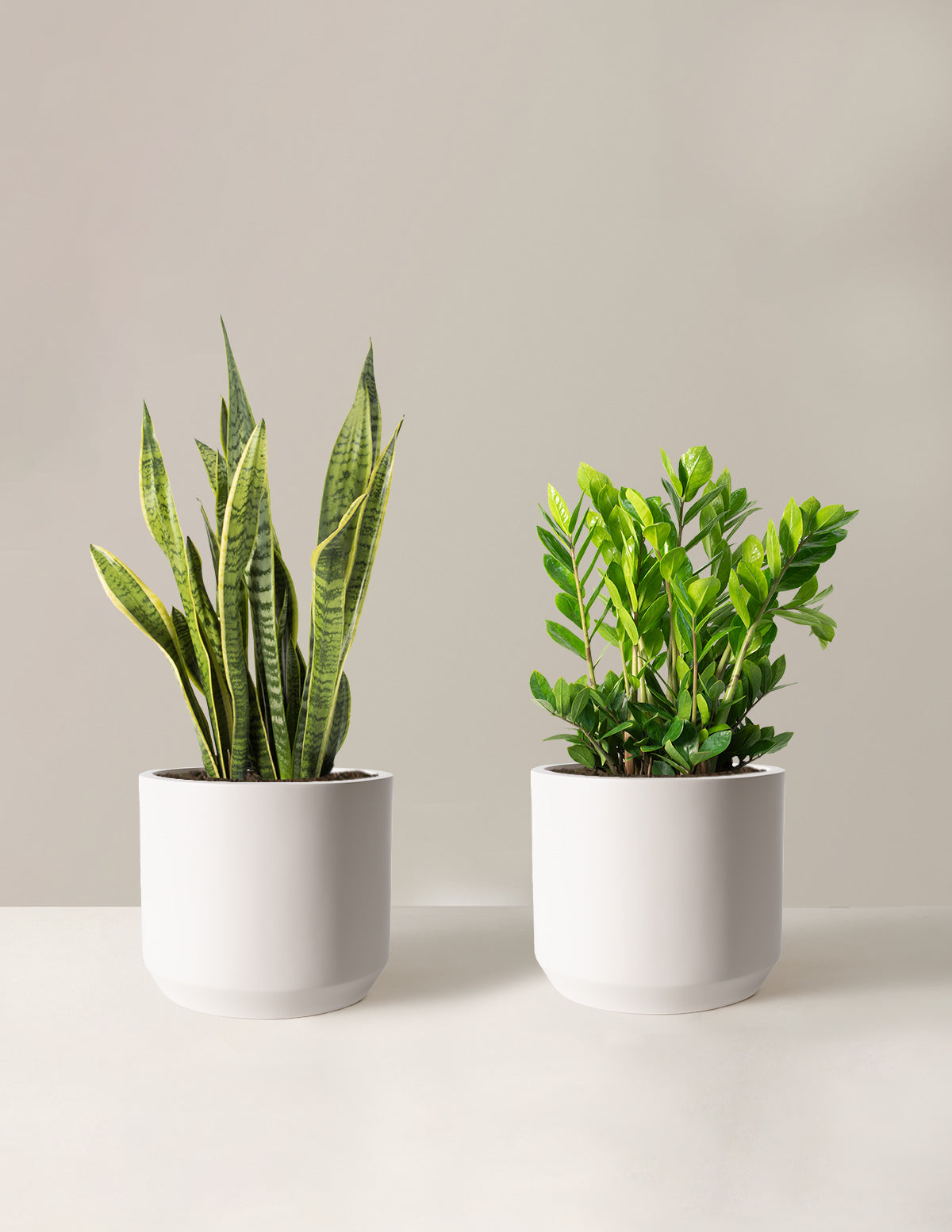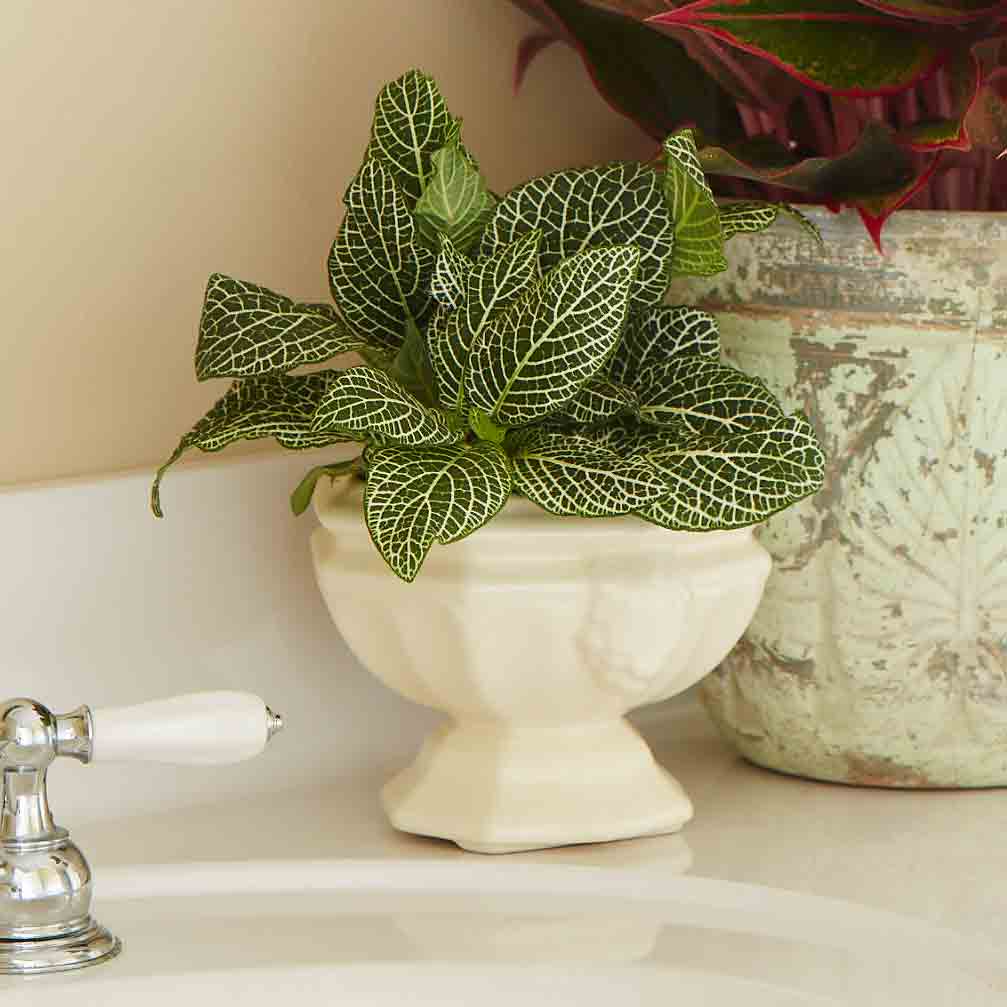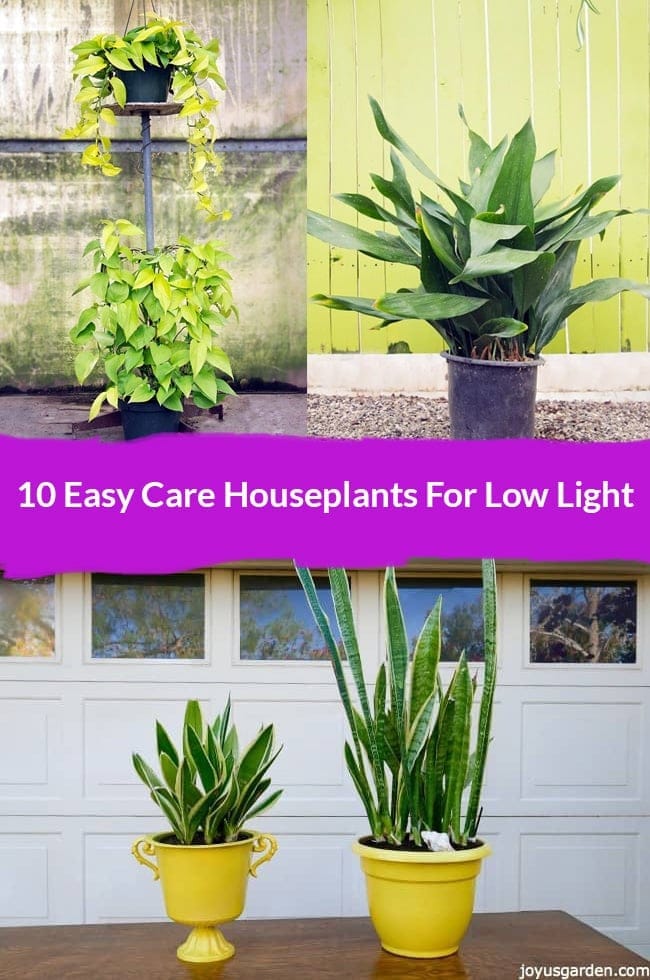Transform Your Home With Beautiful Low-Light Indoor Plants and Their Benefits
Integrating low-light indoor plants into your home can considerably improve both the environmental and visual top quality of your space. These plants, which prosper in dark conditions, serve not only as attractive components yet likewise as all-natural air cleansers, making them suitable for metropolitan residents or those with limited sunlight direct exposure. As we check out the different sorts of low-light plants and their advantages, you might find surprising means to incorporate them into your home that can change your environments in methods you might not have actually expected.
Benefits of Low-Light Plants
Low-light plants provide many benefits for interior settings, making them an excellent option for both novice and knowledgeable garden enthusiasts. Among the primary advantages is their flexibility to low-light conditions, allowing people to enhance their living rooms without the requirement for substantial sunlight direct exposure. This characteristic makes them excellent for apartment or condos, offices, and various other areas with restricted natural light.

Moreover, incorporating low-light plants into home design can boost the aesthetic appeal of a space. Their lush foliage and differed appearances produce a soothing environment, adding to general wellness. The existence of greenery has been connected to minimized anxiety levels and enhanced performance, making low-light plants a sensible option for enhancing both mental and physical wellness in interior settings.
Top Low-Light Indoor Plants
While many indoor plants thrive in brilliant light, a number of varieties are especially fit for low-light conditions, making them excellent for various interior rooms. One popular option is the Serpent Plant (Sansevieria), known for its striking upright fallen leaves and resilience, needing marginal treatment. Another outstanding choice is the Pothos (Epipremnum aureum), which includes heart-shaped leaves and can route wonderfully from shelves or hangers, growing in reduced light and including a lush touch.
The ZZ Plant (Zamioculcas zamiifolia) is celebrated for its glossy leaves and ability to endure disregard, making it excellent for active lifestyles. Likewise, the Peace Lily (Spathiphyllum) not only tolerates low light however likewise creates sensational white flowers, improving any type of space's visual.
For a distinct touch, consider the Cast Iron Plant (Aspidistra elatior), which certainly lives up to its name, thriving in the darkest edges of your home. The Chinese Evergreen (Aglaonema) offers a selection of leaf patterns and colors while being incredibly flexible in low-light conditions. These plants not only improve interior atmospheres but additionally add to air purification, boosting your living area.
Care Tips for Low-Light Plants

Sprinkling methods are crucial; these plants commonly choose a little completely dry conditions. Overwatering can bring about root rot, so guarantee that the leading inch of dirt is dry prior to sprinkling again. Use pots with water drainage holes to enable excess dampness to leave.
Moisture is an additional essential aspect. Several low-light plants, such as ferns and tranquility lilies, benefit from higher humidity degrees. To increase humidity, think about misting the fallen leaves or positioning a tray of water near the plants.
Fertilization must be come close to with care. Throughout the growing season, utilize a diluted, balanced fluid fertilizer monthly to sustain development, but prevent feeding throughout the inactive winter season.

Innovative Ways to Present Plants
Interior plants can function as fascinating prime focus in any kind of area, enhancing both aesthetic appeal and atmosphere. Innovative display screens can boost the aesthetic effect of low-light plants, making them an indispensable part of your home decor. One efficient technique is to utilize tiered plant stands, which permit you to display several plants at varying heights while maximizing floor room.
Hanging planters are an additional cutting-edge alternative, producing a sense of depth and attracting the eye upwards. Think about macramé hangers or wall-mounted shelves to present an one-of-a-kind appearance and design.
For a much more structured strategy, usage geometric terrariums or glass containers to house your plants, adding a modern touch to your interior yard. You can likewise repurpose vintage things, such as teacups or wooden crates, for a diverse screen that reflects your individuality.
Enhancing Home Setting With Plants
Integrating low-light plants into your home not just enhances aesthetic charm but additionally contributes considerably to the total atmosphere. These plants work as all-natural design elements, introducing a feeling of harmony that can transform any type of room. The visibility of plant fosters a relaxing environment, which is particularly helpful in high-stress environments such as home workplaces or living spaces.
Low-light plants, such as serpent plants, pothos, and ZZ plants, are not only cosmetically pleasing but additionally improve interior air quality by filtering system pollutants. This double feature enhances the setting even more, producing a healthier home (Best low-light indoor plants). The strategic positioning of these plants can also influence the assumption of space; for circumstances, best site tall plants can draw the eye upwards, making ceilings appear greater and areas much more spacious
In addition, varying structures and colors of vegetation include deepness to interior design, permitting creative expression in home styling. Whether placed on racks, in corners, or as focal points, low-light plants can elevate the state of mind of any kind of room. In summary, incorporating these plants into your home is an efficient means to cultivate a cozy, welcoming atmosphere while profiting of enhanced air high quality and aesthetic adaptability.
Verdict
Including low-light interior plants right into home atmospheres uses various benefits, consisting of boosted visual charm and enhanced air quality. These resilient plants, such as the my review here Serpent Plant and Tranquility Lily, call for very little light and upkeep, making them appropriate for diverse way of livings.
While several indoor plants flourish in intense light, a number of types are particularly fit for low-light problems, making them ideal for various interior rooms. One reliable approach is to utilize tiered plant stands, which enable you to showcase multiple plants navigate to this site at differing heights while optimizing floor room.
Low-light plants, such as snake plants, pothos, and ZZ plants, are not just visually pleasing yet additionally improve indoor air top quality by filtering toxins. Best low-light indoor plants. The tactical positioning of these plants can likewise affect the perception of room; for instance, tall plants can attract the eye upwards, making ceilings appear higher and areas more large
These resistant plants, such as the Snake Plant and Peace Lily, need marginal light and maintenance, making them appropriate for varied lifestyles.